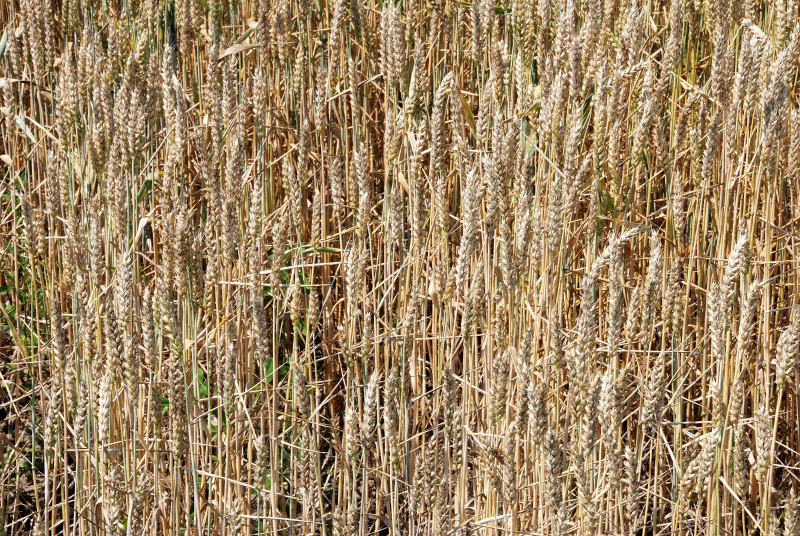![]() Khorasan KAMUT® flour
Khorasan KAMUT® flour
Rating : 8.8
Pros:
Antidiabetic (1) Antioxidant (1)Cons:
Specific allergy (1) Contains gluten (1)Khorasan KAMUT flourKhorasan KAMUT flour is known for its rich, slightly sweet flavor and nutritional properties, which include a high protein and mineral content.KAMUT® is the registered name of an ancient brand, an ancient and specific variety of wheat (Triticum turgidum ssp. Turanicum, khorasan wheat) from ancient Egypt, imported to the Unit... (Read the full Tiiip)
8 pts from Fillp
| Evaluate | Where is this found? |
| "Khorasan KAMUT® studies" about Khorasan KAMUT® flour Review Consensus 8 by Fillp (3566 pt) | 2019-Jul-27 17:38 |
Flavoring Production in Kamut®, Quinoa and Wheat Doughs Fermented by Lactobacillus paracasei, Lactobacillus plantarum, and Lactobacillus brevis: A SPME-GC/MS Study.Di Renzo T, Reale A, Boscaino F, ...
| Read the full Tiiip | (Send your comment) |
| "Descrizione" about Khorasan KAMUT® flour Review Consensus 8 by Fillp (3566 pt) | 2023-Dec-04 18:45 |
Khorasan KAMUT flourKhorasan KAMUT flour is known for its rich, slightly sweet flavor and nutritional properties, which include a high protein and mineral content.KAMUT® is the registered name of ...
| Read the full Tiiip | (Send your comment) |
Read other Tiiips about this object in __Italiano (2)
Content: Last update: 2019-09-01 17:34:17 | Kcal: 337 Family: Threat factors: |


